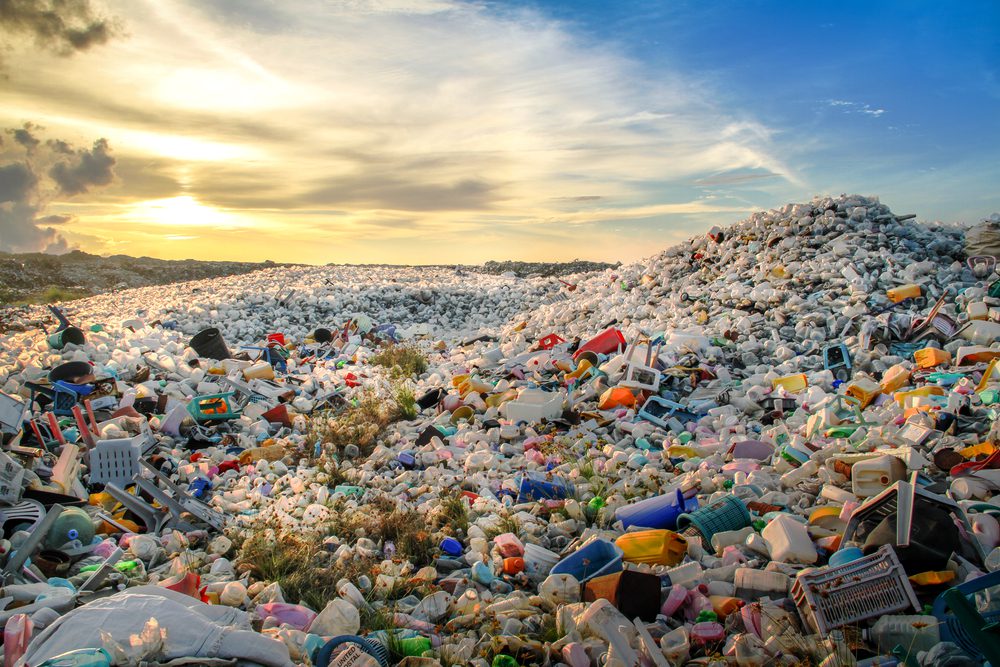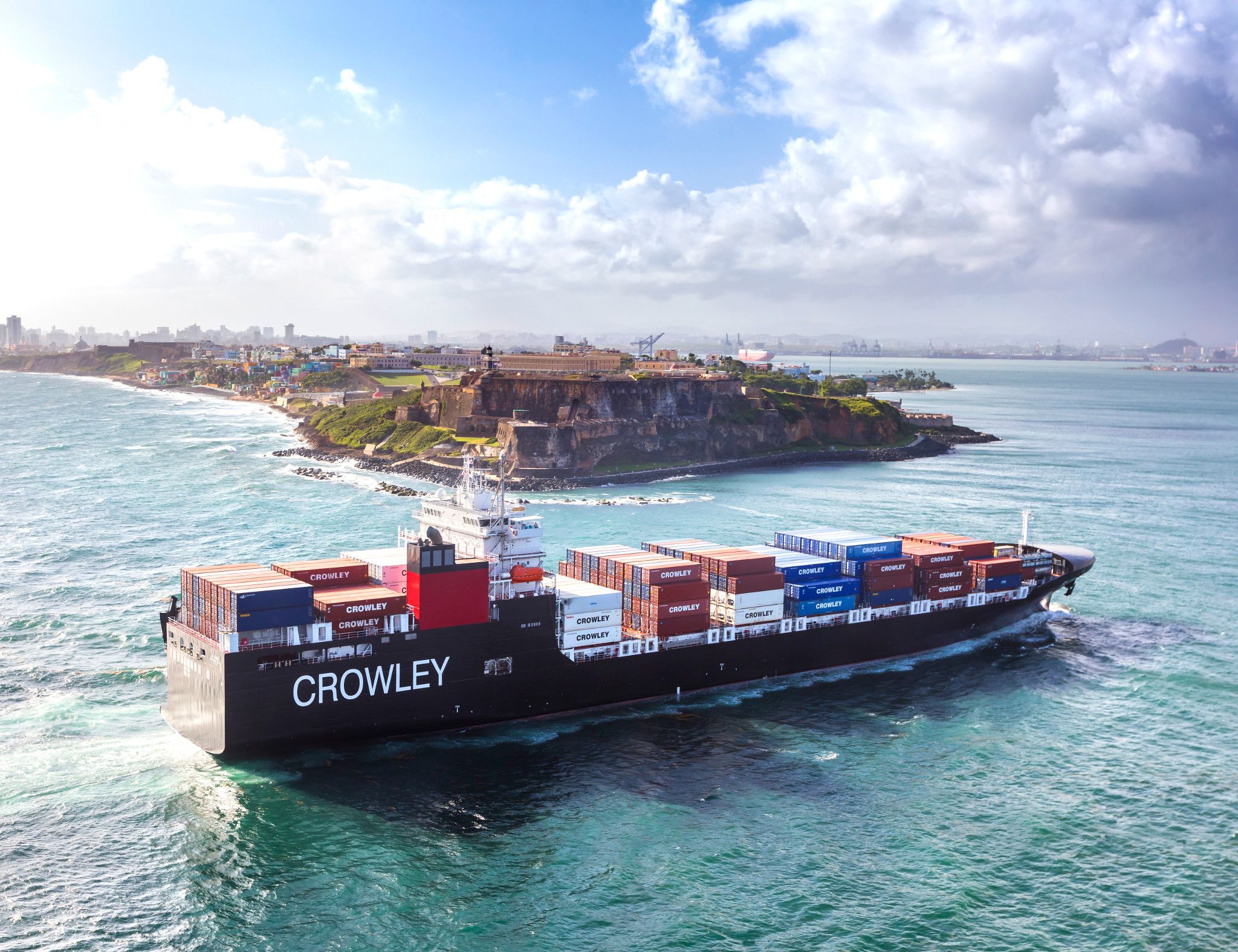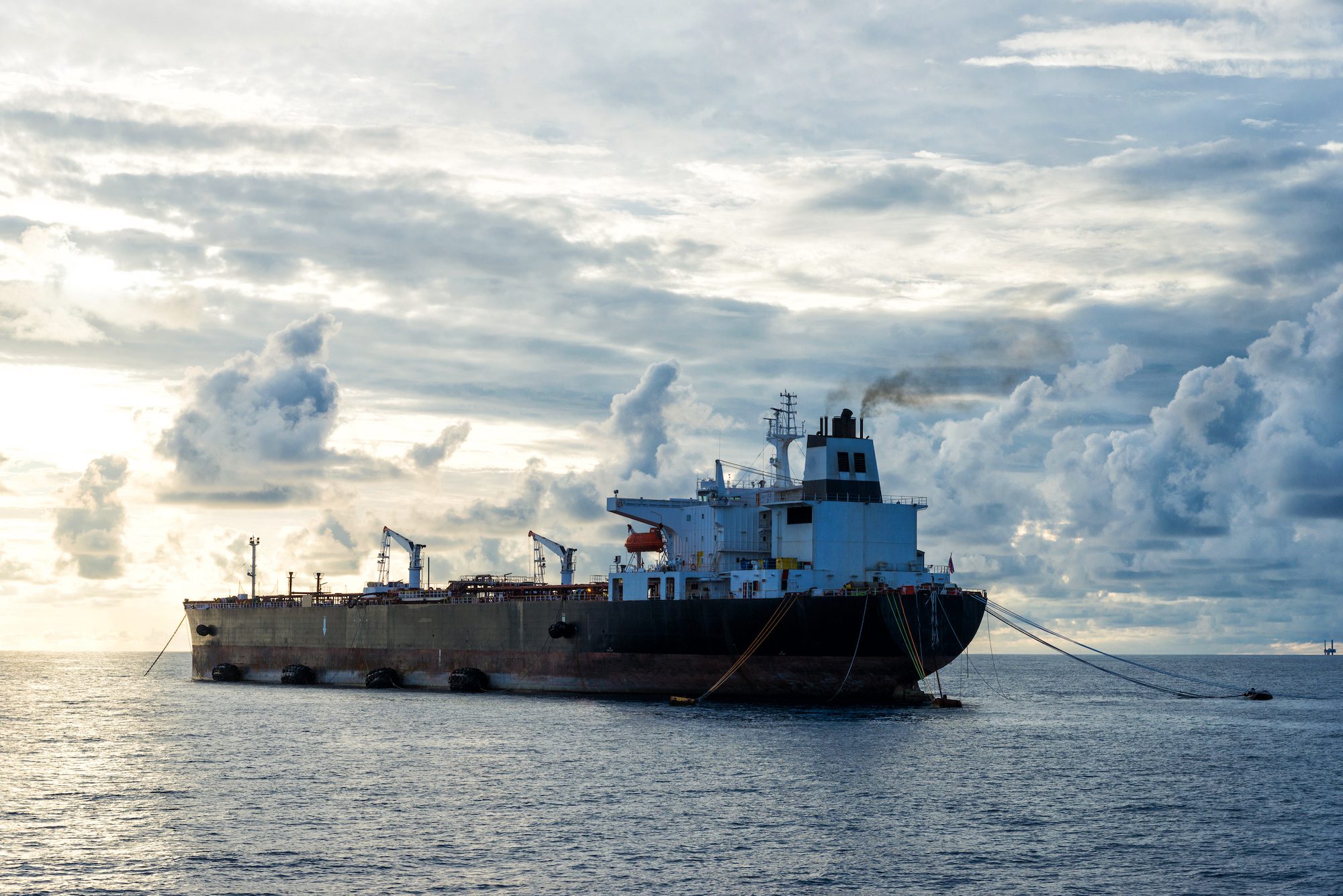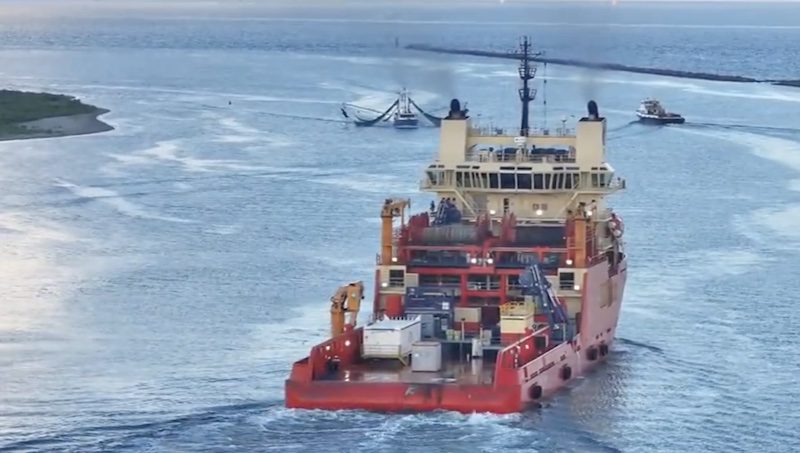After nearly two decades of negotiations, the UN’s 193 Member States have adopted a legally binding marine biodiversity agreement covering two thirds of the planet’s oceans, aiming to create a common wave of conservation and sustainability in the high seas beyond national boundaries.
Known as the High Seas Treaty, the agreement aims to protect the marine environment, maintain the integrity of ocean ecosystems, and conserve marine biological diversity. It also addresses issues such as plastic pollution, overfishing, and climate change, and recognizes the rights and traditional knowledge of indigenous peoples and local communities. The treaty also enables the establishment of marine protected areas and considers the special circumstances facing small-island and landlocked developing nations.
What’s Included In The UN High Seas Biodiversity Treaty?
The treaty is described as the most significant ocean agreement since the 1982 UN Convention on the Law of the Sea (UNCLOS) and regulates activities in international waters, including seabed mining. The agreement forms the substance under UNCLOS on the conservation and sustainable use of marine biological diversity of areas beyond national jurisdiction (BBNJ agreement).
The International Chamber of Shipping (ICS) welcomed the historic adoption, having represented the shipping industry in the discussions since 2016. Its adoption comes following significant breakthrough in March when nearly 200 nation States took part in the discussions and finalized the text of agreement.
Emily Rowley, ICS Policy Manager (Legal) who has represented ICS at the United Nations on BBNJ for over five years, called the adoption a significant moment that should be celebrated.
“From a shipping industry’s perspective, the High Seas Treaty agreement takes into account the [International Maritime Organizations’s] role and is intended to cover gaps in ocean governance,” said Rowley. “It will help ensure that emerging high seas industries will be as well-regulated as shipping is by IMO, with the detail of any measures that may be needed for ships to be discussed and agreed at IMO.”
“Fundamentally the agreement should enhance cooperation and coordination between UN agencies and other global and regional regulators of activities on the high seas. This will foster a holistic approach to the protection of marine biodiversity and ecosystems in areas where no one State is responsible for preserving them,” added Rowley.
“It is important for shipping that the oceans are properly regulated and managed. The BBNJ Agreement is a meaningful step forward in ensuring that the oceans are used sustainably and conserved for present and future generations,” she said.
Unlock Exclusive Insights Today!
Join the gCaptain Club for curated content, insider opinions, and vibrant community discussions.

 Join The Club
Join The Club













